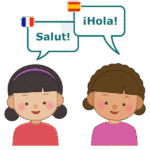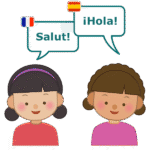Science, technology, engineering, and mathematics (STEM) are some of the most important subjects that students will learn in school to unlock opportunities in college and their future careers. With STEM occupations projected to grow nearly 11% by 2031, building a foundation in these disciplines is critical to support students’ access to future academic and career opportunities. However, for English language learners (ELLs) and other marginalized student populations, learning STEM concepts can be challenging because of gaps in the content language needed to succeed in these subjects.
In order to set all learners up for success, it’s important to make STEM accessible in a variety of ways that will engage all learners and help them acquire the academic language needed to succeed. After all, academic language is no one’s first language! We’ve compiled a few strategies for teaching multilingual and newcomer students, as well as research-based strategies to help set your students up for success.
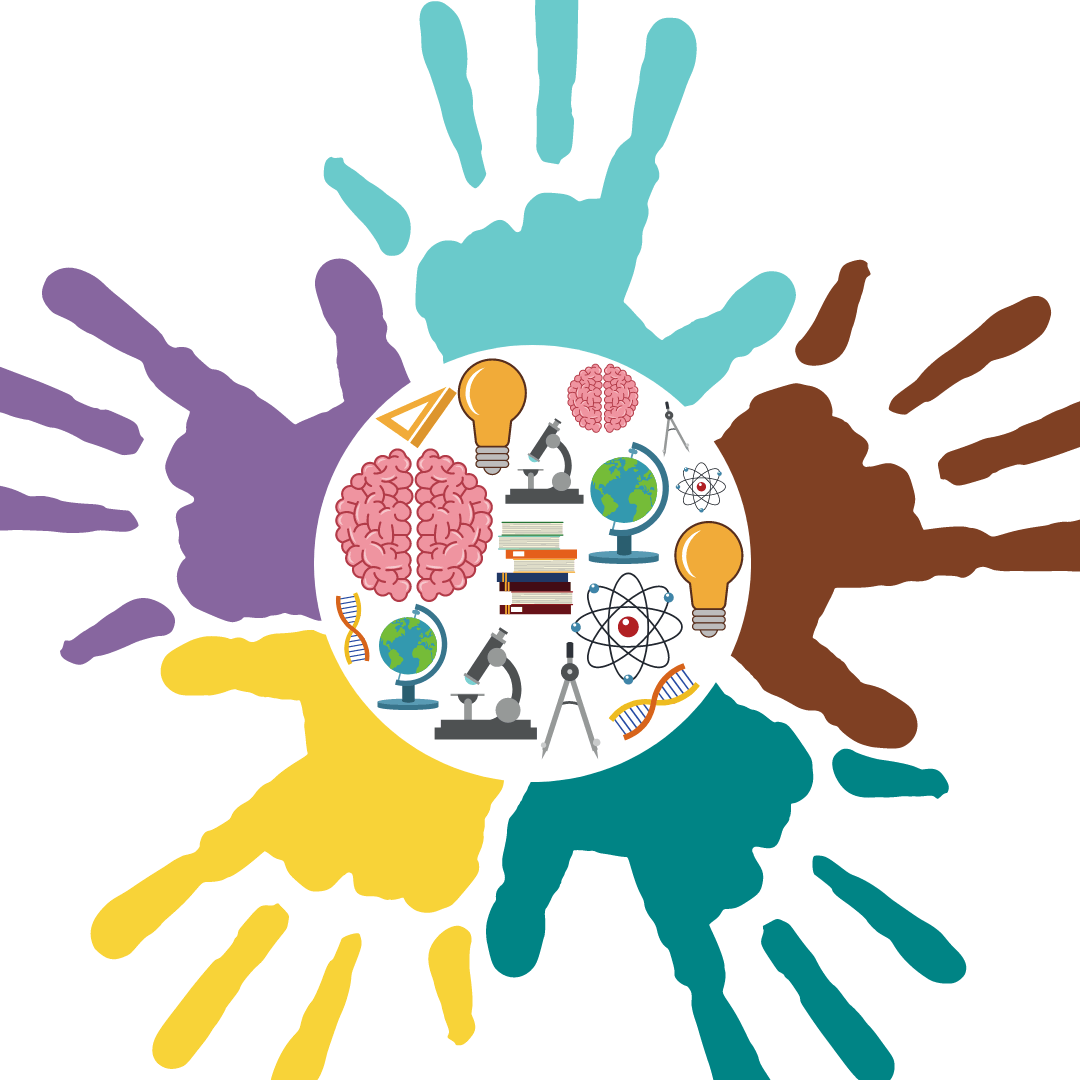 Provide Hands-On STEM Activities
Provide Hands-On STEM Activities
Hands-on activities can be very effective in engaging newcomer and multilingual learners (MLLs) in STEM subjects. These activities allow students to experience and explore STEM concepts in a tangible and interactive way, making the material more concrete and easier to understand. Hands-on activities are particularly beneficial to MLLs because concepts are physically modeled and understood without the need for complex vocabulary terms and textbook explanations. Once students are able to build the foundational understanding of concepts through hands-on activities, they are then able to apply language and vocabulary to connect and describe their understanding of STEM topics.
Connect Lessons to Real-World Experiences
Connecting lessons to students’ real-world experiences can help make STEM more accessible for newcomer & SIFE students (students with interrupted formal education). This approach helps students relate to the material and understand the context of the lessons and its relevance to their lives. This method enables students to better focus on learning the underlying concepts and content language. Additionally, connecting STEM lessons to real-world experiences can help foster an interest in these fields. Check out Speak Agent’s free Real World Math Activities to try in your classroom!
{% module_block module “widget_1683660359121” %}{% module_attribute “label” %}Image Grid{% end_module_attribute %}{% module_attribute “path” %}@hubspot/image_grid{% end_module_attribute %}{% module_attribute “module_id” %}98251788440{% end_module_attribute %}{% module_attribute “schema_version” %}2{% end_module_attribute %}{% module_attribute “tag” %}module{% end_module_attribute %}{% module_attribute “no_wrapper” %}false{% end_module_attribute %}{% module_attribute “slides” %}[]{% end_module_attribute %}{% module_attribute “grid_settings” %}{“group_aspect_ratio”:{“aspect_ratio”:”16/9″}}{% end_module_attribute %}{% module_attribute “styles” %}{“lightbox_images”:{“group_aspect_ratio”:{“aspect_ratio”:”1/1″}}}{% end_module_attribute %}{% module_attribute “css” %}{}{% end_module_attribute %}{% module_attribute “child_css” %}{}{% end_module_attribute %}{% end_module_block %}
 Help Students Build the Language of Content
Help Students Build the Language of Content
There is a significant learning gap for ELLs/MLLs in STEM––not because students lack the knowledge to succeed, but because they lack the specialized academic language of the complex content areas they are learning. The STEM field and curricula often use highly technical language and homonyms (words that are spelled the same with multiple meanings), which can be difficult for students to understand and use effectively. Helping students build the language of content is the key to unlocking opportunities for historically marginalized learners. Speak Agent works to bridge the learning gap and provide students with the language of content through uniquely effective, award-winning Content+Language℠ programs for K-12 students. We have evidence of the link between language and academic success in large-scale research, and our programs help support STEM educators in getting students access to the academic language they need to succeed.
Making STEM more accessible to multilingual and newcomer students is the first step in helping improve their academic achievement. Speak Agent supports the development of many skills and abilities, including reading, writing, speaking, and listening, to encourage students’ ability to understand and use technical language effectively. Fostering an interest in STEM subjects and building foundational knowledge help set students on the right path while building the language of content gives them the tools to succeed long-term in STEM disciplines.
Teacher Strategy Series: 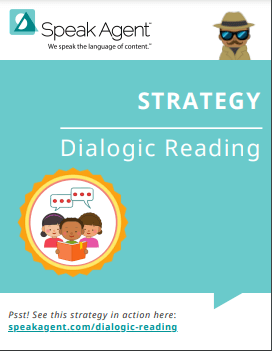
Ready to get started, but don’t know where to begin? We’ve created the “Teacher Strategy Series” that offers free research-based classroom activities. In this series, you’ll find hands-on math and science activities that support content language acquisition and are connected to real-world experiences. We put out new activities often, so be sure to subscribe to be notified when new activities get released!
![]() Dialogic Reading
Dialogic Reading![]() Sentence Frames and Stems
Sentence Frames and Stems![]() Multiple Visual Representations
Multiple Visual Representations![]() Word Walls
Word Walls
There’s even more great content on our platform that’s mapped directly to your curriculum. If you’d like to learn more about Speak Agent, book a meeting!
{{cta(’09e3dcf4-8aae-4a3c-93a5-c662259a87aa’,’justifycenter’)}}
Read Also:
Other Good Reads:
- ClassTech Tips Blog: How to Learn Math and Science with Language Support
- eSchool News: How a Major MD District Boosted Middle Math Achievement
- Digital Promise: Integrating Research-based Strategies into the Design of Educational Technology to Support All Learners


